
views
X
Research source
with two sides of equal length and two sides of equal width that contains four right angles. To find the area of a rectangle, all you have to do is multiply its length with its width. If you want to know how to find the area of a rectangle, just follow these easy steps.
Understand the Basics of a Rectangle

Understand the rectangle. The rectangle is a quadrilateral, which means it has four sides. Its opposite sides are equal in length, so the sides along its length are equal, and the sides along its width are equal as well. If one side of the rectangle is 10, for example, then the opposite side's length will also be 10. Also, every square is a rectangle, but not all rectangles are squares. So treat squares like rectangles in terms of finding its area.
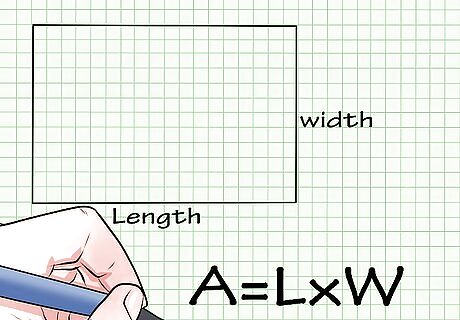
Learn the equation for finding the area of a rectangle. The equation for finding the area of a rectangle is simply A = L * W. This means that the area is equal to the length of the rectangle times its width.
Find the Area of a Rectangle
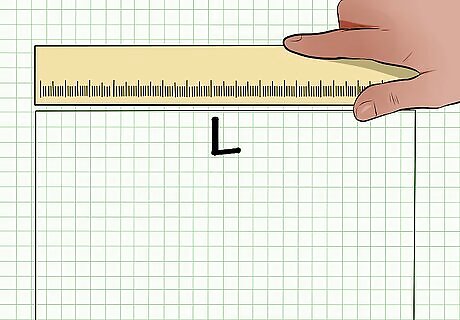
Find the length of the rectangle. In most cases, you will be given the length, but if not, you can find it using a ruler. Note that the double hash marks on the long sides of the rectangle mean that the lengths of the two sides are the same.

Find the width of the rectangle. Use the same methods to find it. Note that the single hash marks on the wide sides of the rectangle mean that the two widths have equal length.
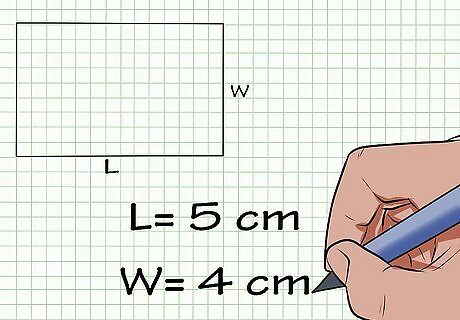
Write the length and width next to each other. In this example, the length is 5 cm and the width is 4 cm.
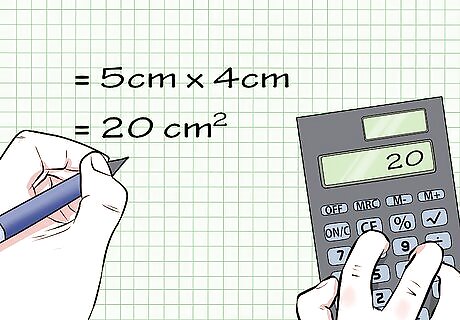
Multiply the length times the width. Your length is 5 cm and your width is 4 cm, so you should plug them into the equation A = L * W to find the area. A = 4 cm * 5 cm A = 20 cm^2
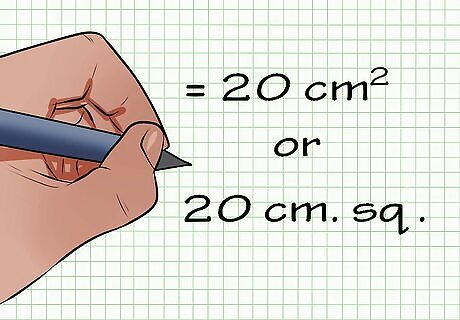
State your answer in square units. Your final answer is 20 cm^2, which means "twenty centimeters squared." You can write your final answer in one of two ways: either 20 cm.sq. or 20 cm^2.
Find the Area if You Only Know the Length of One Side and the Diagonal

Understand the Pythagorean theorem. The Pythagorean theorem is a formula for finding the third side of a right triangle if you know the value of two of the sides. You can use it to find the hypotenuse of a triangle, which is its longest side, or its length or width, which meet at a right angle. Since a rectangle is comprised of four right angles, the diagonal that cuts through the shape will create a right triangle, so you can apply the Pythagorean theorem. The theorem is: a^2 + b^2 = c^2, where a and b are sides of the triangle and c is the hypotenuse, or longest side. EXPERT TIP Joseph Meyer Joseph Meyer Math Teacher Joseph Meyer is a High School Math Teacher based in Pittsburgh, Pennsylvania. He is an educator at City Charter High School, where he has been teaching for over 7 years. Joseph is also the founder of Sandbox Math, an online learning community dedicated to helping students succeed in Algebra. His site is set apart by its focus on fostering genuine comprehension through step-by-step understanding (instead of just getting the correct final answer), enabling learners to identify and overcome misunderstandings and confidently take on any test they face. He received his MA in Physics from Case Western Reserve University and his BA in Physics from Baldwin Wallace University. Joseph Meyer Joseph Meyer Math Teacher Use this visual trick to understand the Pythagorean Theorem. Imagine a right triangle with squares constructed on each leg and the hypotenuse. by rearranging the smaller squares within the larger square, the areas of the smaller squares (a² and b²) will add up visually to the area of the larger square (c²).
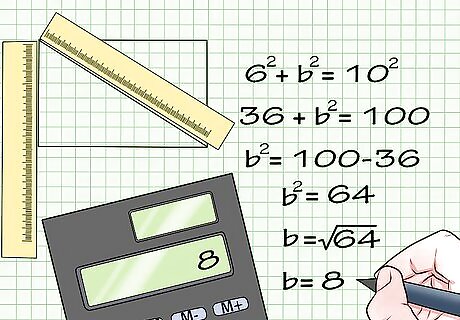
Use the Pythagorean theorem to solve for the other side of the triangle. Let's say that you have a rectangle with a side of 6 cm and a diagonal of 10 cm. Use 6 cm for one side, use b for the other side, and take 10 cm as your hypotenuse. Now just substitute your known quantities into the Pythagorean theorem and solve. Here's how to do it: Ex: 6^2 + b^2 = 10^2 36 + b^2 = 100 b^2 = 100 - 36 b^2 = 64 square root (b) = square root (64) b = 8 The length of the other side of the triangle, which is also the other side of the rectangle, is 8 cm.
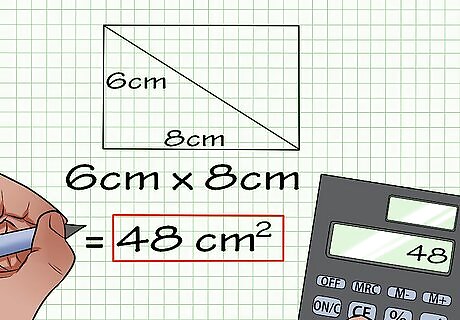
Multiply the length times the width. Now that you've used the Pythagorean theorem to find the length and width of the rectangle, all you have to do is multiply them. Ex: 6 cm * 8 cm = 48 cm^2
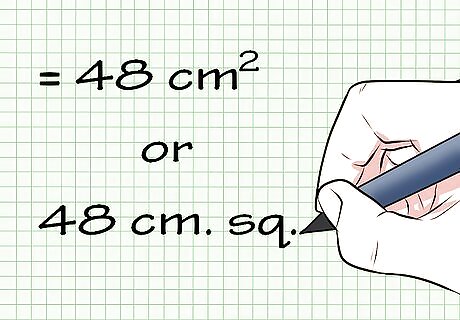
State your answer in square units. Your final answer is 48 cm^2, or 48 cm. sq.




















Comments
0 comment